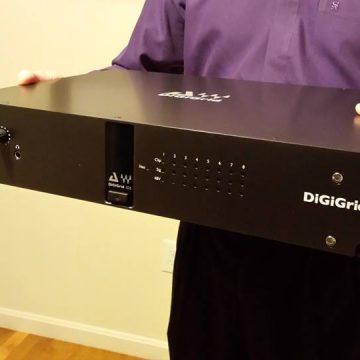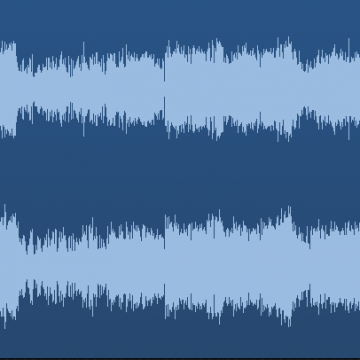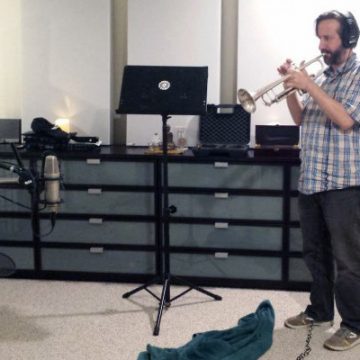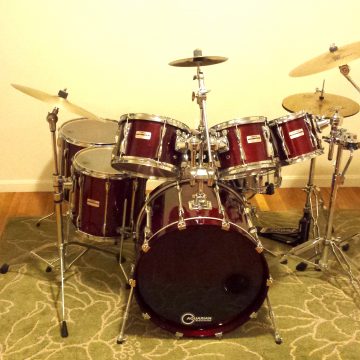What You Should Know Before You Buy A Beat
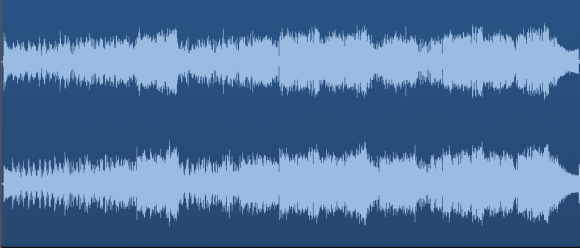
There are some rappers out there who may buy a beat or backing track, take that to the studio, and want to record vocals over it. They find producers or composers who have built a library of different beats that can be purchased, and select a number of tracks they want to write raps for.
If you are going to a studio and mix engineer to record your vocals, and mix your tracks you will want to give them the best quality audio to work with, and the most amount of “headroom” possible, so that they can fit your vocals into the music, and make it sound like one complete recording, not just someone singing karaoke at the local pub. These guides will help you even if you are going to record and mix the track yourself.
Here are a few simple things you can look out for as an artist when you buy a beat, in order to make sure your album, E.P., or single will have the best audio quality possible when you are finished.
1. Always, get WAV (or .wav) audio files not Mp3’s. Mp3’s are considered a “compressed” data, or “lossy” format where a lot of the frequency information of the original recording has been thrown away in order to make a smaller file size. The .wav format is most likely the original format that the music was recorded in, and includes the full range of frequency information.
2. Ask for the sample rate and bit depth of the file. Minimum file quality you should get is 44.1 kHz sample rate, and 16 bit depth. It would be much better to get a 24 bit depth file or above, and if you can get a sample rate of 48 kbps or above, all the better. The higher your sample rate, and bit depth, the higher the quality of the file.
3. Ask for the BPM of the song. Knowing this information will help your recording engineer in setting up your sessions, and make editing quicker.
4. If at all possible ask to purchase the “stems” of the track from the producer. This means an individual track for each instrument, or a single track for each group of instruments. For example, separate kick and snare tracks, and then the rest of the drums in stereo, individual tracks for synths, guitars, and bass, ect. This will give your mix engineer the most flexibility to make your final mix sound the way you want it to, and place your vocals well in the overall mix.
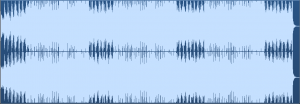
This is what a mastered and slightly over-compressed wav file looks like. The maximum peaks are pushed all the way up to 0.0db full scale.
5. If you cannot get stems of all the individual instruments and you are forced to buy a stereo track, at least get an unmastered version of the music. What this means is that the overall volume of the track will be quieter than a commercially released song, and it will not have gone through the massive amount of compression that is applied to a finished master. What you are looking for is a track with the maximum peak, or top volume level between -6db and -3db, and a lot of natural dynamic range still in the sound. Think of that 6db of headroom as making space for your vocal tracks to be added in a way that will make them sound natural.
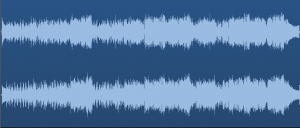
This is what a final mix should look like, unmastered, with max peaks between -6 and -3db full scale.
Don’t be fooled by a loud mix. If the song has already been mastered, has a max peak of 0.0db and is already super compressed, it will be really difficult to fit your new vocal tracks in, and make them sound natural. This will lead to a “crushed” sound that will have very little dynamic range, and will not be as impressive to the listener when the big “drop” happens.
The other disadvantage of working with already mastered tracks is that since they have already been compressed to an extreme, after you add your vocals it will be tricky to get your new final master to be loud without distortion or other artifacts of over-compression.
Let me know if this was helpful, or if you have questions or suggestions by leaving a comment below.

